
The People’s Government of sne-gdong County of Tibet was established on April 8, 1959.
By the end of 1960, Tibet had established 1,009 township-level governments and 283 district-level governments; and 78 counties and 8 prefecture-level districts (municipalities) also established the people's political power.
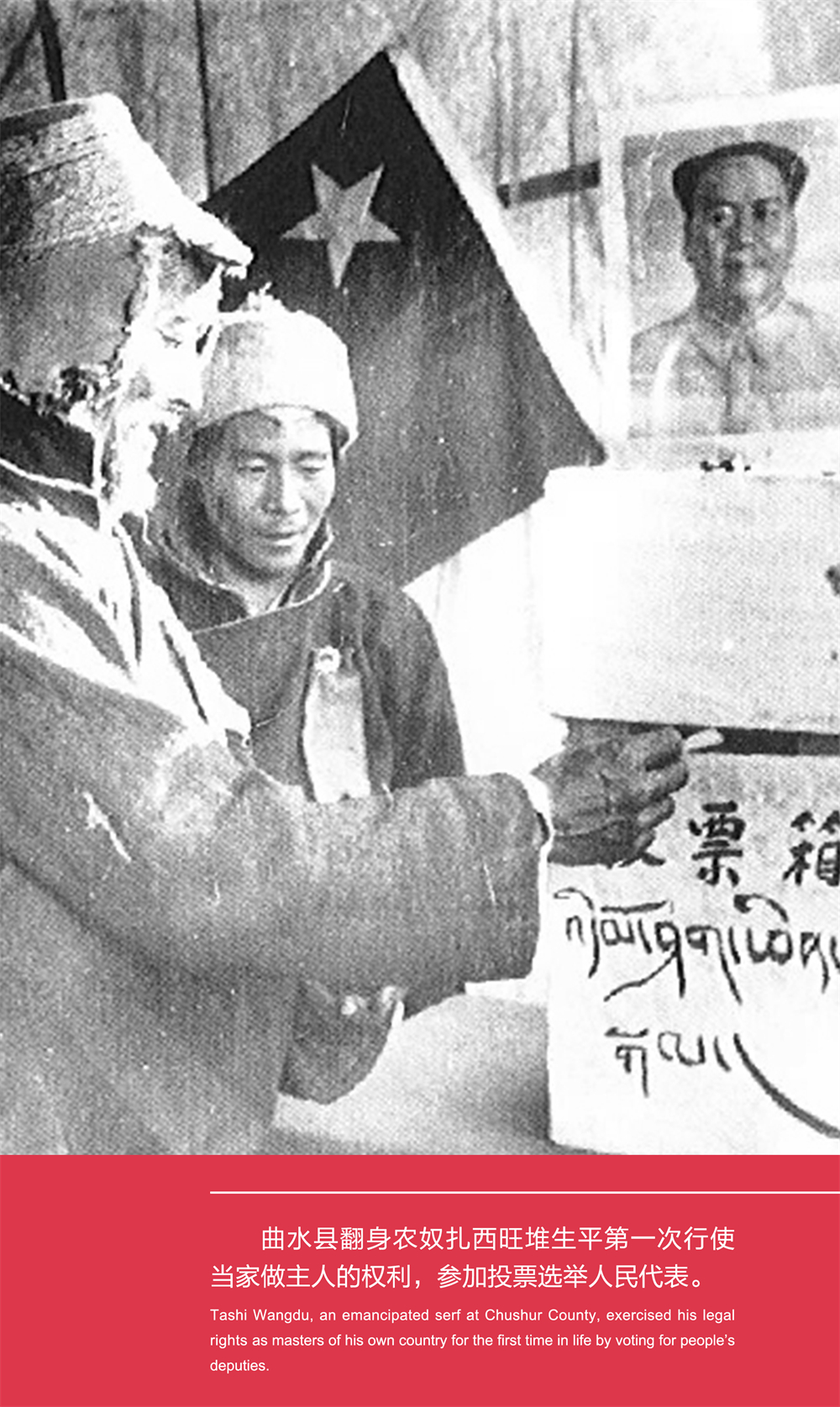
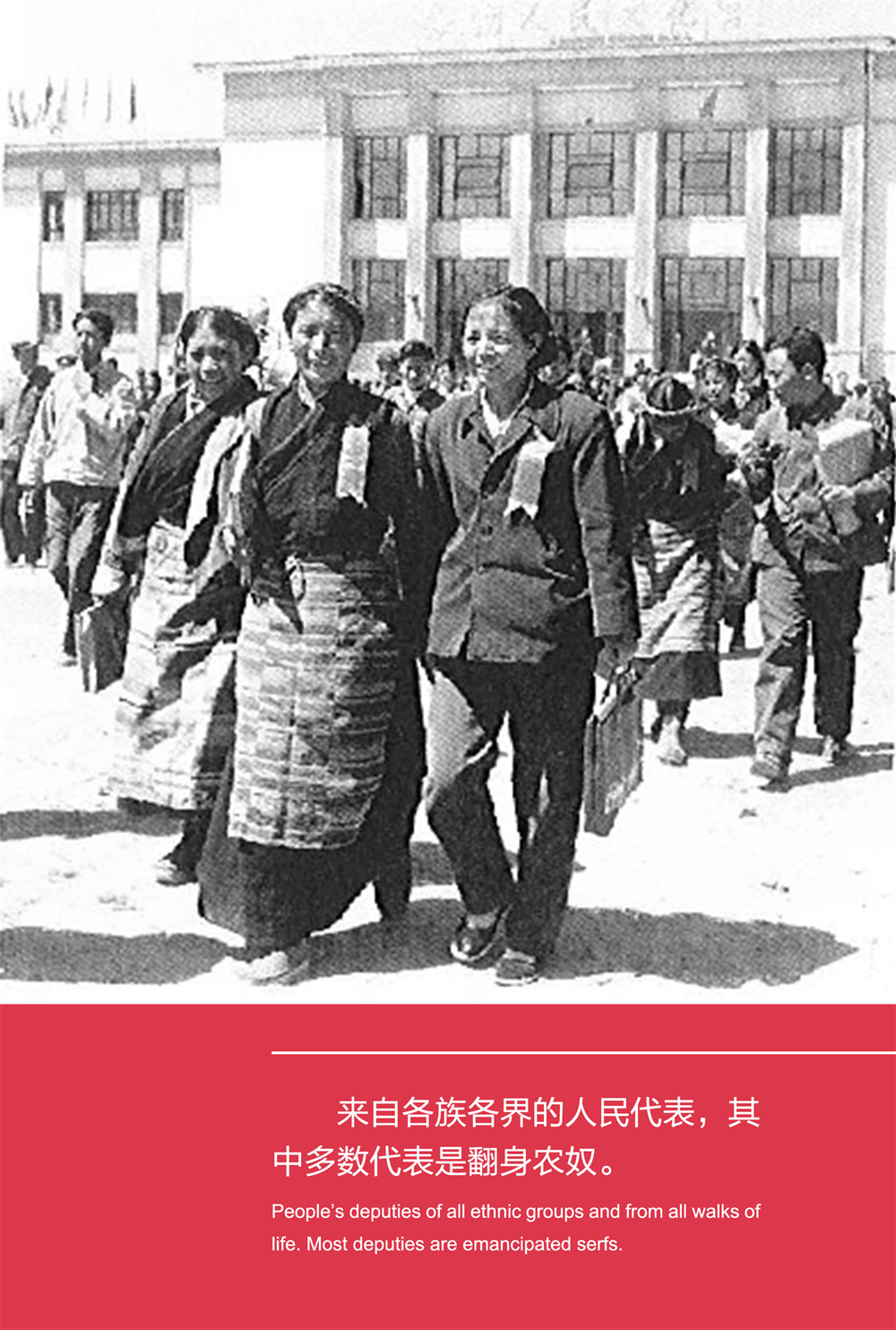

On September 1, 1965, the Tibet Autonomous Region was established.

nga-phod-ngag-dbang-vjigs-med was elected as the Chairman of the People's Committee of the Tibet Autonomous Region on September 8, 1965 and a large number of serfs were turned into leadership positions at various levels of the autonomous region governments.
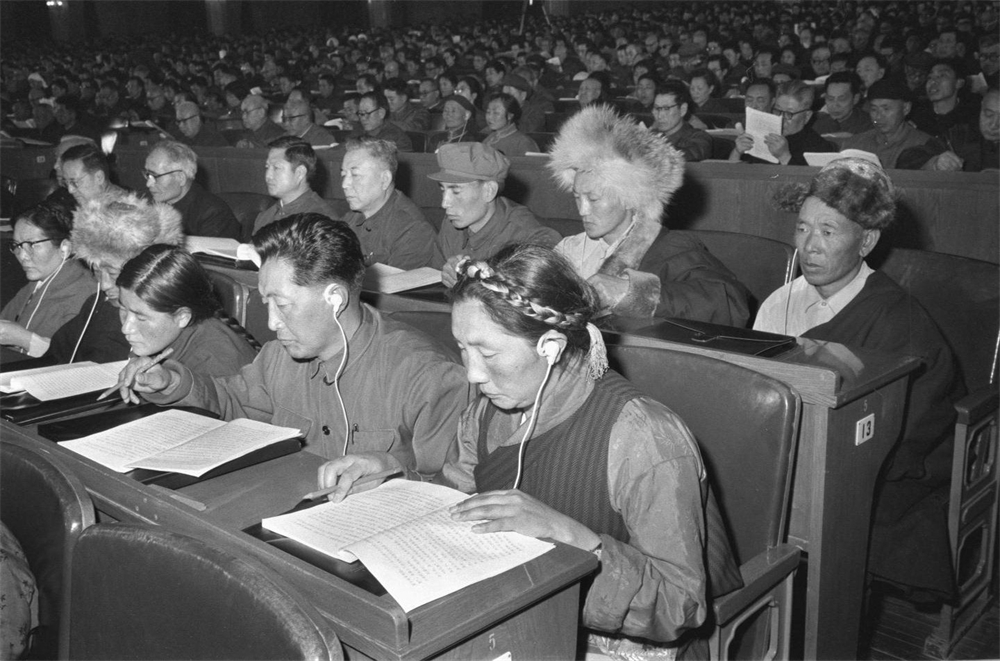
On February 28, 1978, representatives of the Tibet Autonomous Region were at the first meeting of the Fifth National People's Congress.
The people of all ethnic groups in Tibet enjoy full voting rights and the right to be elected. The Menba and Luoba people with a small population in Tibet also have their own representatives in the National People's Congress and the people's congresses at all levels in Tibet.

The people of all ethnic groups in Tibet fully enjoy the right to independently manage their own affairs in the region.
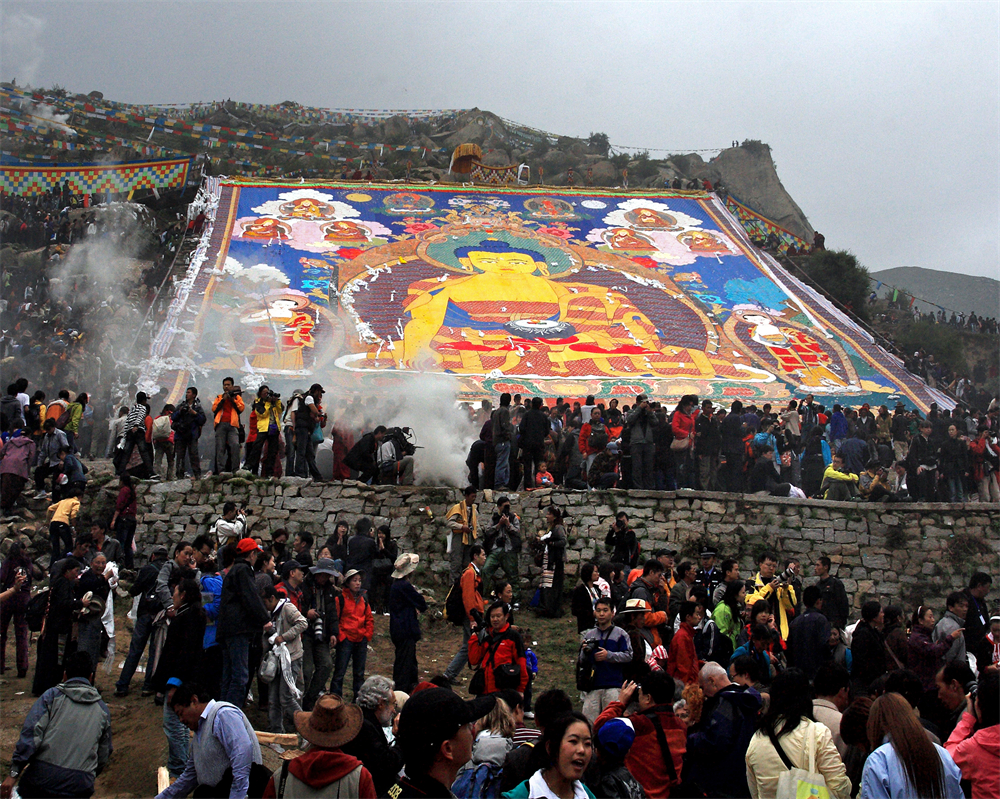
On August 14, 2015 Lhasa's Shodun Festival was unveiled at the Drepung Monastery. The Tibet Autonomous Region Organs have included the “Shodun Festival" and the "Tibetan New Year" in the holidays of the autonomous region.
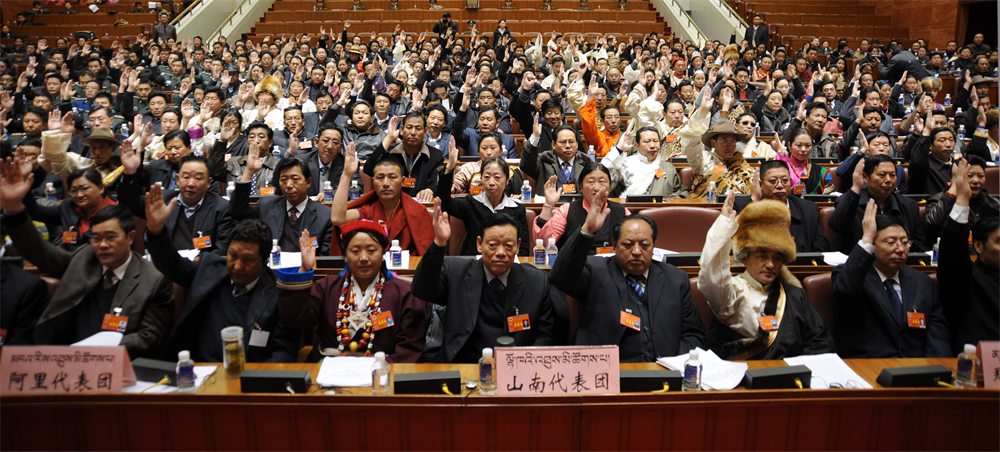
On January 19, 2009, the People's Congress of the Tibet Autonomous Region voted to pass the "Decision on the Establishment of the Tibet's Million Serf Liberation Day" and set March 28th of each year as the anniversary of the liberation of Tibet's million serfs.
2020 Copyright by Museum of Tibetan Culture, China Tibetology Research Center All Rights Reserved.
Unless otherwise indicated, all of the content featured or displayed on the Site, including, but not limited to, text, pictures, videos and the 360° panoramic videos, is owned by Museum of Tibetan Culture.


Log InPlease log in and comment later